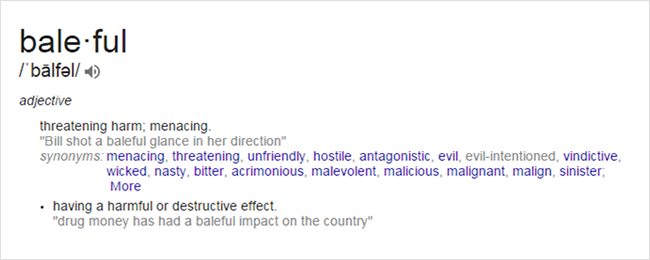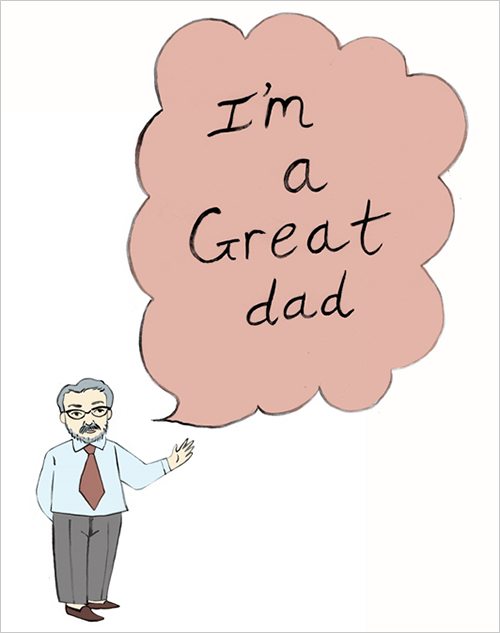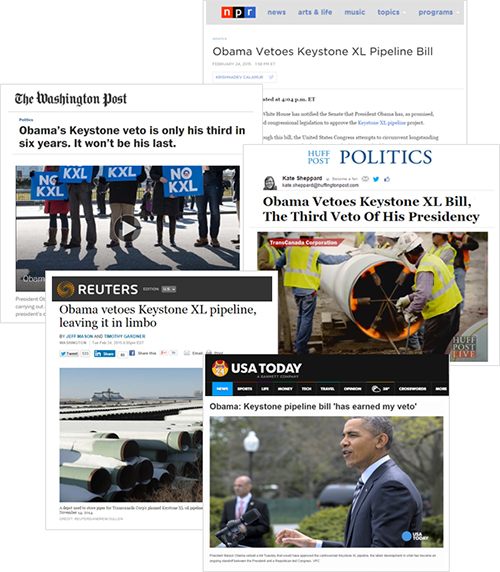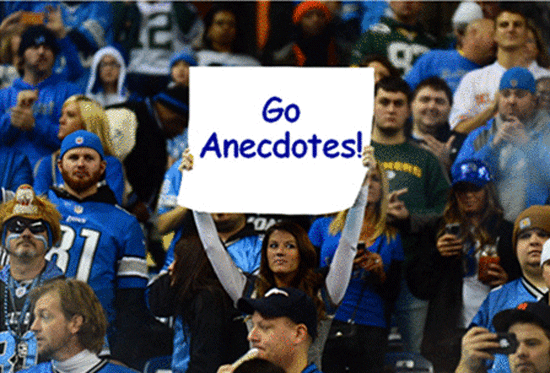I am a fan of the anecdote, one of the most underutilized storytelling techniques in business communications.
Executives often perceive anecdotes as fluff and put the kibosh on such content before it sees the light of the day. Which explains why if you were to audit the content generated by PR (in-house + agency), you would find that most efforts capture little or no anecdotal content.
Journalists, the masters of industrial-grade storytelling in business, have honed the use of anecdotal content to an art form. You’ll often see feature stories in business publications kick off with an anecdote as a form of stage-setting like the start of the Bloomberg Business story, “How Goldman Sachs Lost $1.2 Billion of Libya’s Money” which reads like a novel:
Moammar Qaddafi’s Libya was a miserable place for a business trip. In 2008, a few years after renouncing its nuclear and chemical weapons program, the desert nation remained a menacing and ugly place, with cratered highways, awful restaurants with no booze, and Qaddafi’s leathery visage everywhere, staring balefully down from billboards. The dreary capital, Tripoli, sat at the edge of the Sahara, in the least barren sliver of a country defined in the West by dictatorship, terrorism, and billions of dollars’ worth of oil.
I had to turn to my trusty online dictionary for the definition of “baleful,” which turns out to be the perfect word. And thought the phrase “awful restaurants with no booze” added a nice touch in spite of being superfluous.
And thought the phrase “awful restaurants with no booze” added a nice touch in spite of being superfluous.
While Goldman Sachs getting in bed with one of the top bad guys of the 21st century lends itself to this type of storytelling, anecdotes can also lift the mundane. Take last week’s story in The New York Times on the U.S. government requiring its contractors to provide paid sick leave. We can safely say that Michael Lewis doesn’t sniff a book in this topic. Yet, the NYT journalist feathers an anecdote into the story as a way of humanizing the issue:
Paola Angel was working as a security guard in New York City when its paid sick leave law went into effect. Before the law, she typically had to leave one of her two school-age sons at home when they got sick because she could not afford to forgo a day of pay or to put her job at risk.
Anecdotes can be particularly effective in dealing with complex subject matter, as was the case in our support of the Bell Labs 50th anniversary for the discovery of the “Big Bang.” Among the mainstream media covering the story, NPR looked to bring out the humanity of the two scientists with anecdotes such as this one trying to eliminate the hum from the signal that they thought might be originating from birds:
“There was a pair of pigeons living in the antenna,” Wilson says. Wilson and Penzias got on their lab coats, climbed inside their giant microwave contraption, and wiped out the pigeon poop. The birds kept roosting in there. Penzias and a lab technician eventually took matters into their own hands: “The only humane way of doing it was to buy a box of shotgun shells,” Penzias says. “So that’s what finally happened to the pigeons.”
As Heisenberg says in “Breaking Bad,” “That covers it.”
In another client example, we landed a Fast Company feature story on Nautilus that uses three anecdotes to frame the piece:
- Previous office building nicknamed “Taj Majal” by employees for being grandiose (not a term of endearment)
- Conducted a raffle for some employees to join the execs in New York City to ring the bell at the New York Stock Exchange
- CEO joined the internal kickball league
The mashing of these anecdotes actually creates the headline, “What Happened When Nautilus’s CEO Ditched His Fancy Office and Joined the Company Kickball Team.”
Both examples put a face on the company and do so in a way that takes you behind the curtain with fresh wrinkles to the story.
There’s another reason that anecdotes should be part of your communications arsenal. They bring realness to the storytelling.
If I stand in front of you and tell you that I’m a great dad — illustration below for those who think visually — what do you think?

Exactly.
The opposite comes to mind. Such a statement triggers the perception that if I’m saying this, I’m probably not a great dad.
But what if I were to talk about getting up early on a Sunday morning because my kids wanted to try to their hands at a strawberry crepe? Leaving nothing to chance, I even bought a crepe pan from Williams-Sonoma that guaranteed a perfect outcome. Yet, in spite of our diligence in following the recipe, we ended up with a dish that looked more like strawberry mashed potatoes than a crepe.
You still might not nominate me for dad of the year, but you do take away the impression that I’m engaged with my kids.
I read a great line some time ago from Raymond Mar, a professor at York University in Toronto, who conducts research on storytelling:
“Everyone has a natural detector for psychological realism.”
That’s the power of the anecdote in business communications — helping the reader/listener feel that the story rings true.






 And thought the phrase “awful restaurants with no booze” added a nice touch in spite of being superfluous.
And thought the phrase “awful restaurants with no booze” added a nice touch in spite of being superfluous.